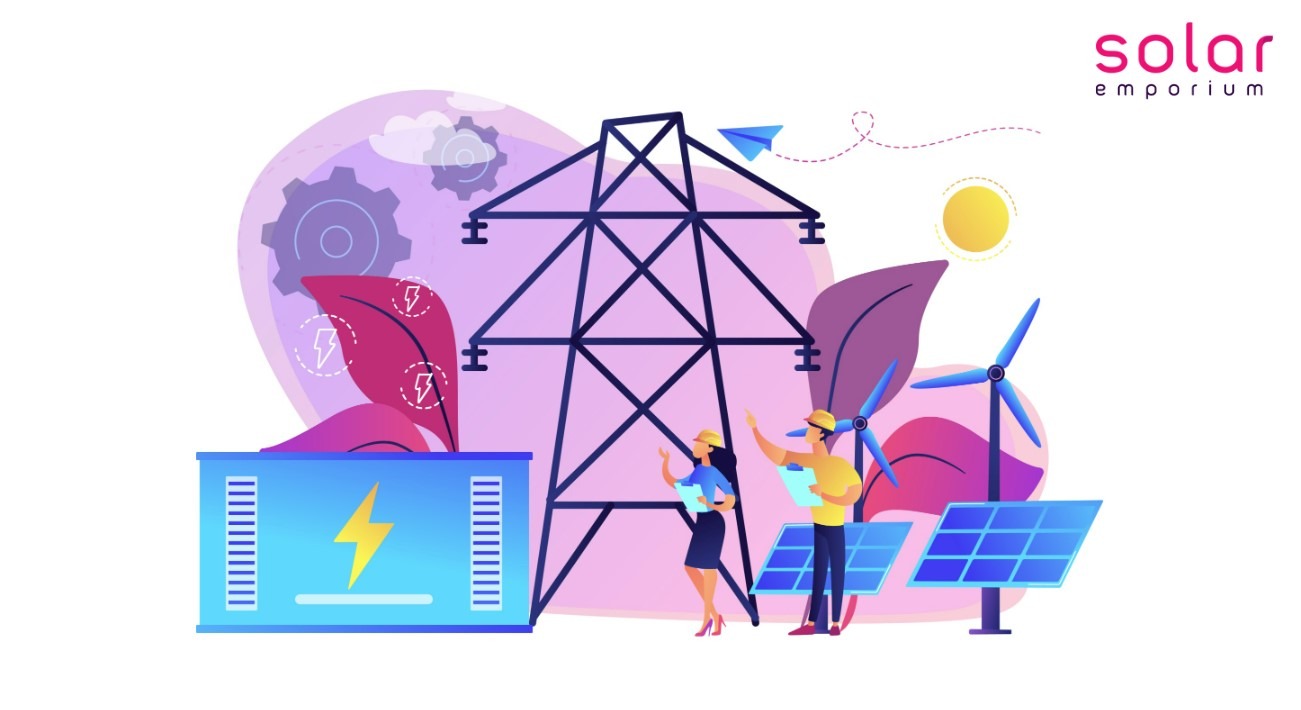What are other Solar Benefits?
Anytime you can make your own electricity, that’s energy that you don’t have to purchase from your local utility your winning!
As electricity costs continue to increase, especially with longer and hotter summers predicted as our climate continues to warm, making the switch to solar is the best way to lock in decades of predictable energy savings. Go even further and add a battery for extra security when the grid goes down.

If you’re considering solar for your home or business, don’t just stop with the monetary savings as your main source of motivation. It’s also important to consider the following four eco-friendly advantages:
Going solar will reduce greenhouse gas and CO2emissions

The average Australian home consumes on average 19 kWh of electricity per day. Even a modestly-sized solar energy system can easily reduce that number by 80% while many can even approach 100%. Even at these levels, the environmental impact of solar is substantial.
Add an electric vehicle (EV)

It’s pretty obvious that driving an electric car means fewer if any, visits to the petrol station. Opting for an EV also means offsetting 100% of a traditional car’s harmful C02 emissions. But what many people don’t realize is that if you charge that EV from a non-solar home, all you’re doing is moving the energy cost from the petrol station to your monthly energy bill. A properly designed solar energy system will power your home AND your car while!
Solar reduces water pollution
This one is a little less obvious, but certainly one of the biggest environmental advantages of solar. While all manufacturing processes require some water, including those used to make solar panels, the total amount of water needed to generate solar electricity is dramatically less than more traditional electricity sources. Older technologies such as nuclear, natural gas, coal, and hydroelectric facilities, all require massive amounts of water.
With solar energy, there’s almost no risk to local water resources, nor does their operation strain local supplies by competing with agriculture, drinking systems, and other vital water needs.
Solar reduces strain on nonrenewable resources

The global population will continue to grow, but our Earth only has a nonrenewable amount of oil, coal, and natural gas to give up. The sun is Earth’s most abundant energy source, producing a staggering 173,000 terawatts of solar energy every second! That’s more than 10,000 times the world’s total combined energy use and it’s available again and again. In contrast, fossil fuels are dirty and totally non-renewable. At some point, they will simply be gone. Going solar is the best way to hedge against the reality of dwindling resources.







